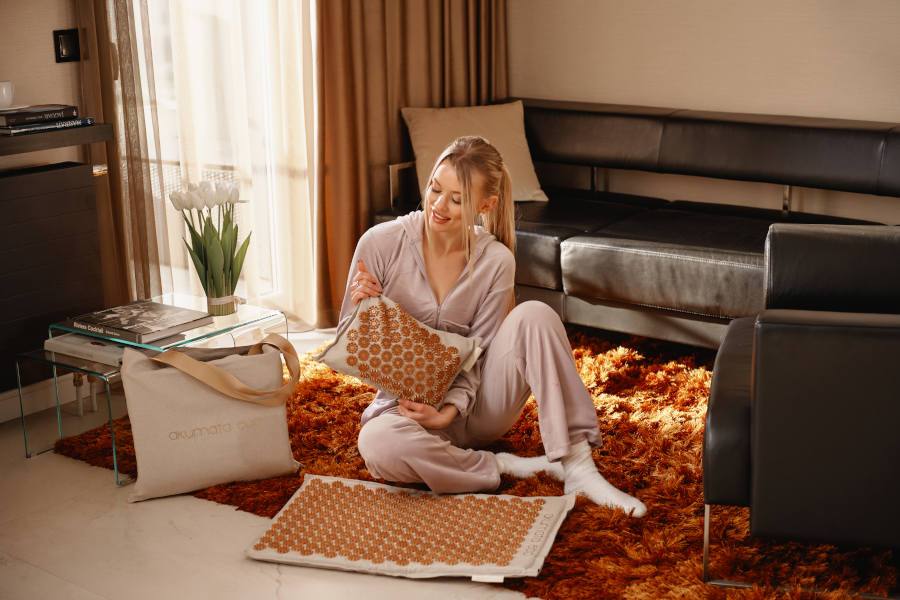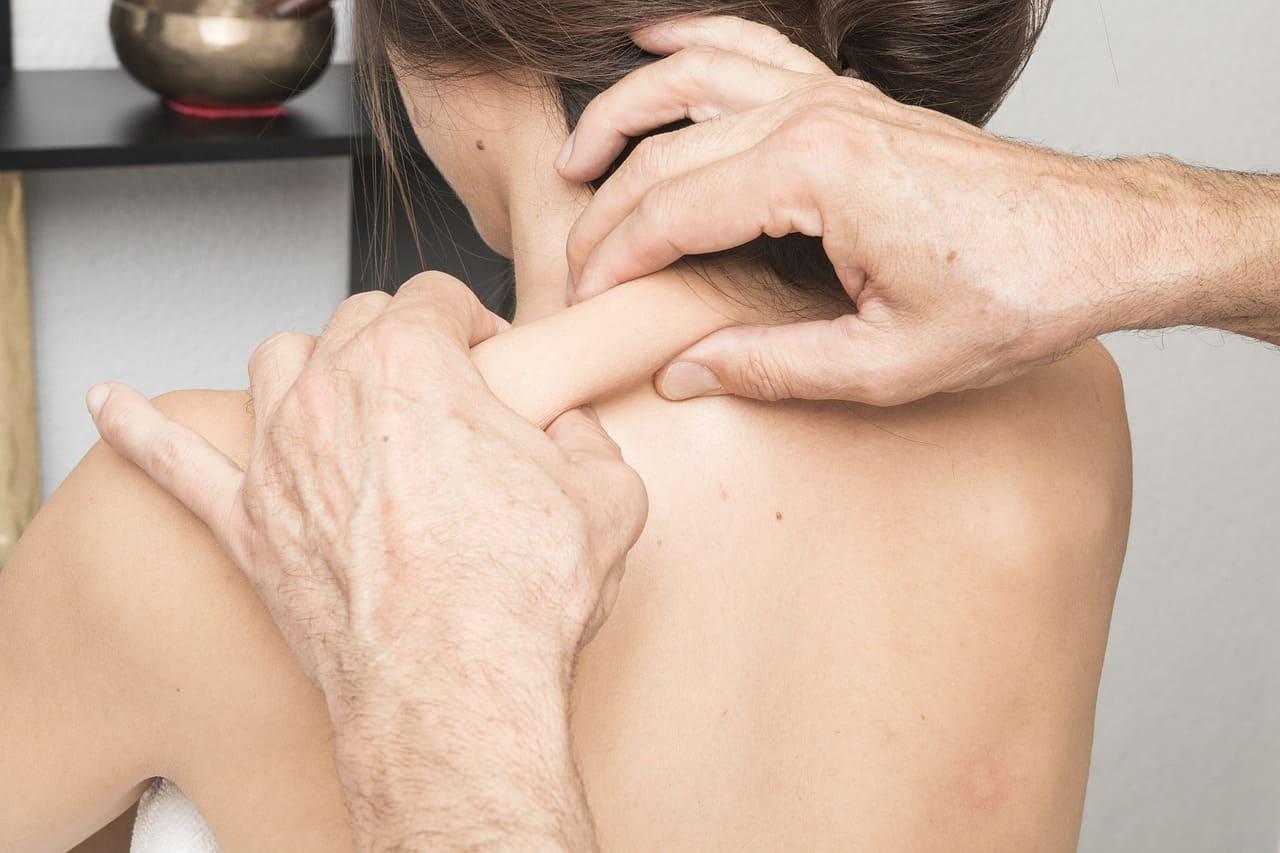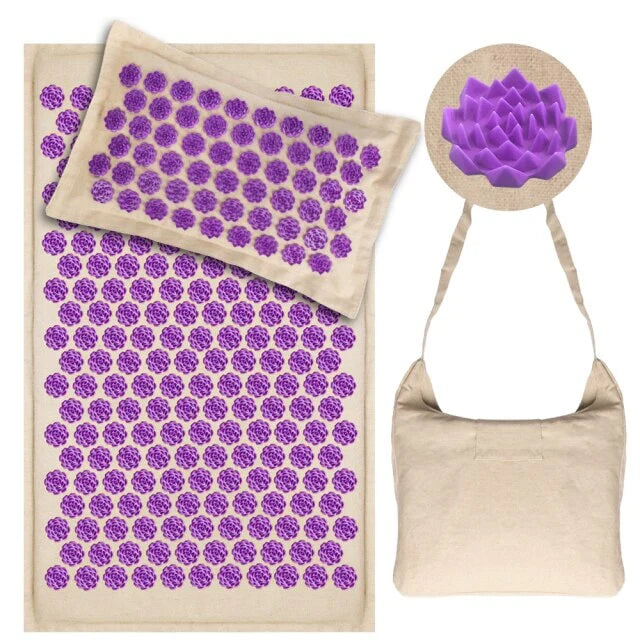Principle of Connective Tissue Massage
Connective tissue massage is a "reflex" technique. In simple terms, it is based on the links between the nervous system and the skin.
There is a physiognomic link between the nervous system and the corresponding levels of innervated tissue (called dermatomes) in the skin in the foreground, but also more deeply in muscles, viscera, joints, vessels and so on.
This means that there is a direct link between the skin and the organs or other structures of the body. With this technique, it becomes possible to see and palpate underlying organic dysfunctions at the superficial level of the skin.
How can a dysfunction be rebalanced?
The first step is to identify the reflex zones. This is done by observing and delineating apparent areas on the skin, indicative of organ dysfunction, for example.
A scar can be the cause of aches and pains, as well as a variety of other disorders. The body, in its great intelligence, tends towards a state of equilibrium, but doesn't always achieve it, nerve impulses are then generated to compensate for the apparent disorganization, resulting, for example, in visible areas that are hollow or bumpy, denser, less mobile, or even itchy when the state of equilibrium is disrupted.
This is where this method comes into its own. Once the reflex zones have been established, they need to be treated with the various gestures specific to this technique.
Gestures
There are a number of different movements, depending on the layer of tissue being worked on. Raking, massaging-rolling, hooking, tugging or clinging. Each of these gestures performed on the skin sends out a reflex arc according to an established sequence.
The type of gesture will be chosen according to the layer of tissue to be treated in the reflex zone. It will therefore be adapted according to observations, palpation and the type of regulation required.
As explained above, the area of skin treated is "connected", i.e. innervated, to the corresponding nerve level, which in turn interconnects the organ or body part to be treated. As a result, the new impulses sent by the massage will rebalance the dysfunction the body is trying to regulate.
This is the purpose of this technique and its related gestures, they provide the necessary and sufficient influx to enable the body to rebalance itself. Not too much, not too little.
Benefits
It's difficult to give an exhaustive list of the benefits of connective tissue massage.
On the one hand, it frees the tissues, making the body feel better, as if there were more room in the body itself. On the other hand, it enables the body to return to a state of equilibrium, thereby reducing or eliminating the disorders or pathologies associated with the dysfunction.
Here are just a few examples to give a brief idea of the possibilities offered by this method, which is used to treat a wide range of pathologies:
- Chronic or idopathic pain (with no apparent cause);
- New trophicity: improved tissue nutrition, following surgery or trauma;
- Treatment of pain;
- Regulation of organic dysfunctions;
- Treatment of adherent scars.
There's no need to know in advance which areas need to be treated; reading the body alone enables reflex zones to be highlighted. If you know how to listen, the body speaks for itself.








